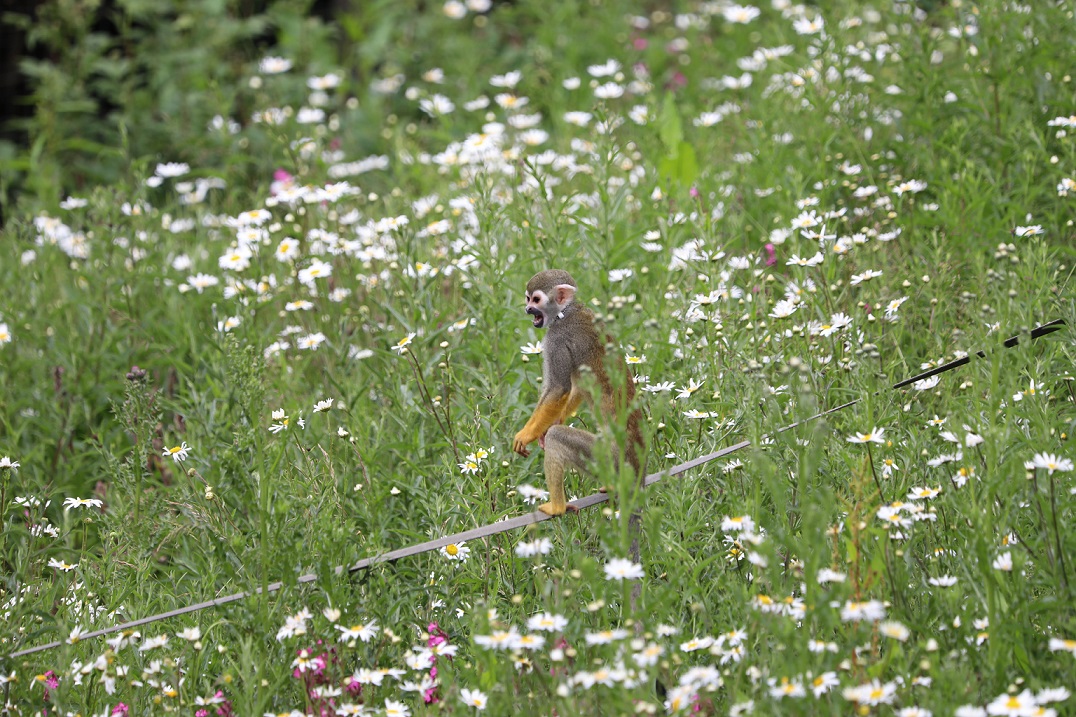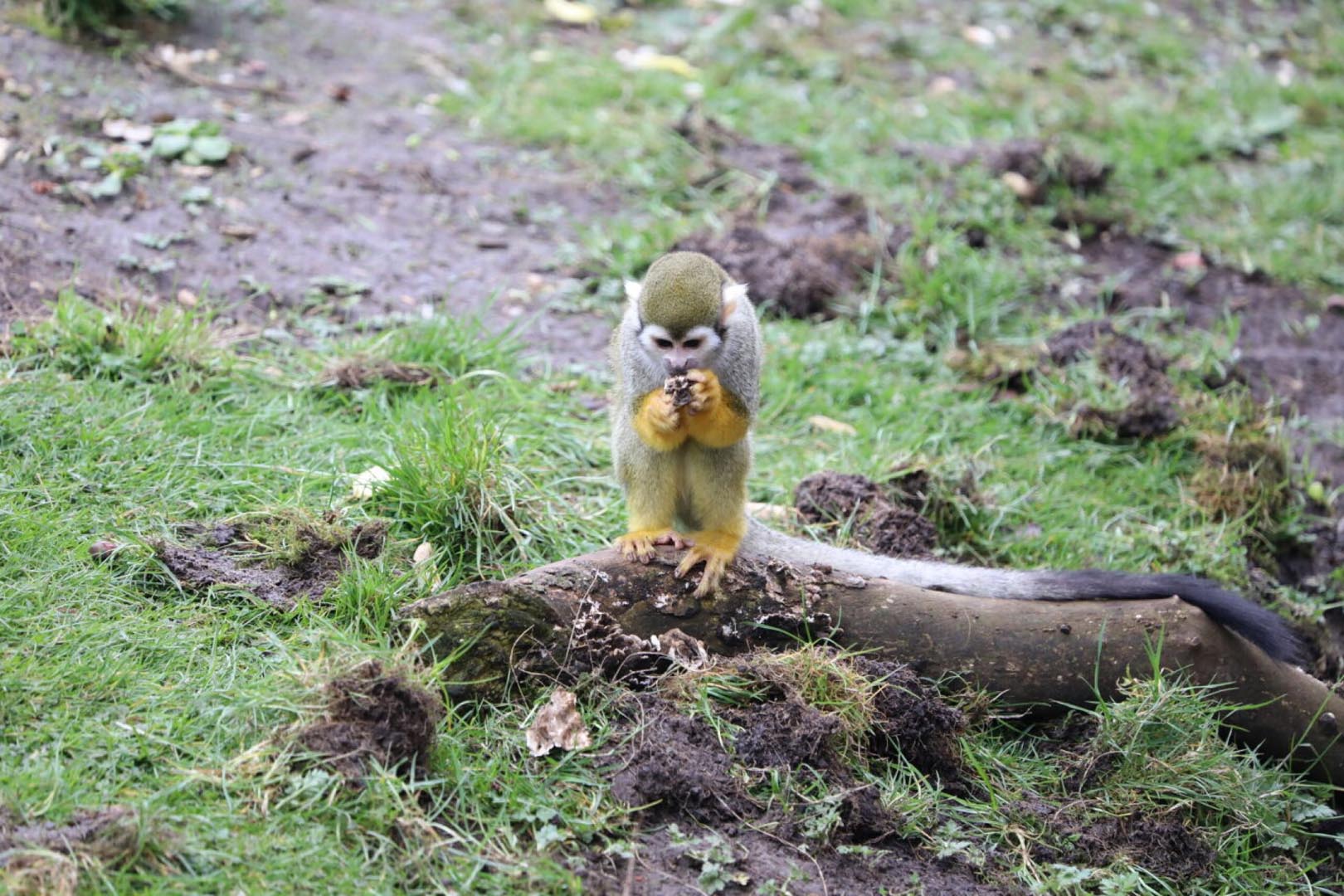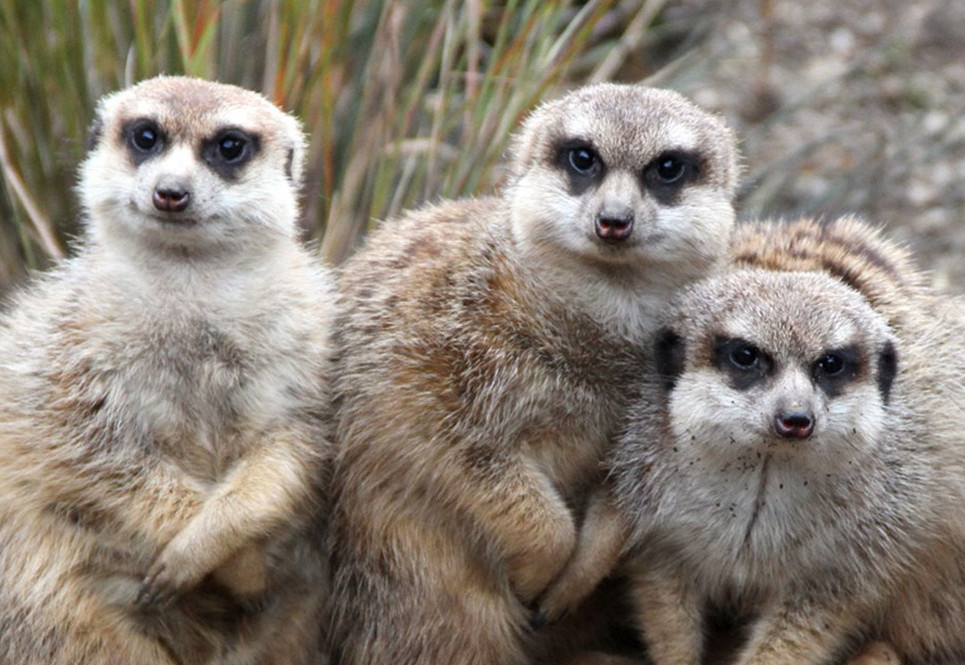Common squirrel monkey
Saimiri sciureus

We are home to two groups of common squirrel monkeys and they can be found in our Living Links enclosure.
As well as being an amazing attraction for our visitors, Edinburgh Zoo's Living Links is a field station and research centre for the study of primates. The centre has been developed in a unique partnership with RZSS and the University of St Andrews.
Population
Decreasing
Diet
Omnivore
Habitat
Rainforest
Fact file
Until fairly recently there were only two species of squirrel monkey, however the genus has been now been reclassified into five species
They can live in groups of up to 100 individuals
They use all levels of the forest, but forage and travel mainly in the lower canopy and understory
Squirrel monkeys spend most of their time foraging for fruit – a large part of their diet – as well as insects and other small animal prey

How we're helping
Like all the animals in our care our common squirrel monkeys are amazing ambassadors for their relatives in the wild and help hundreds of thousands of people connect with nature every year. They encourage visitors to learn about the threats facing wildlife and the action they can take to help create a world where nature is protected, valued and loved.
As a wildlife conservation charity, we care for the animals here at the zoo and work to protect species at risk around the world. From providing expertise in genetics and veterinary health, to protecting wild places with local conservation partners, and even restoring threatened species to the wild, we are active where we are needed most.
Find out more about our Living Links project
